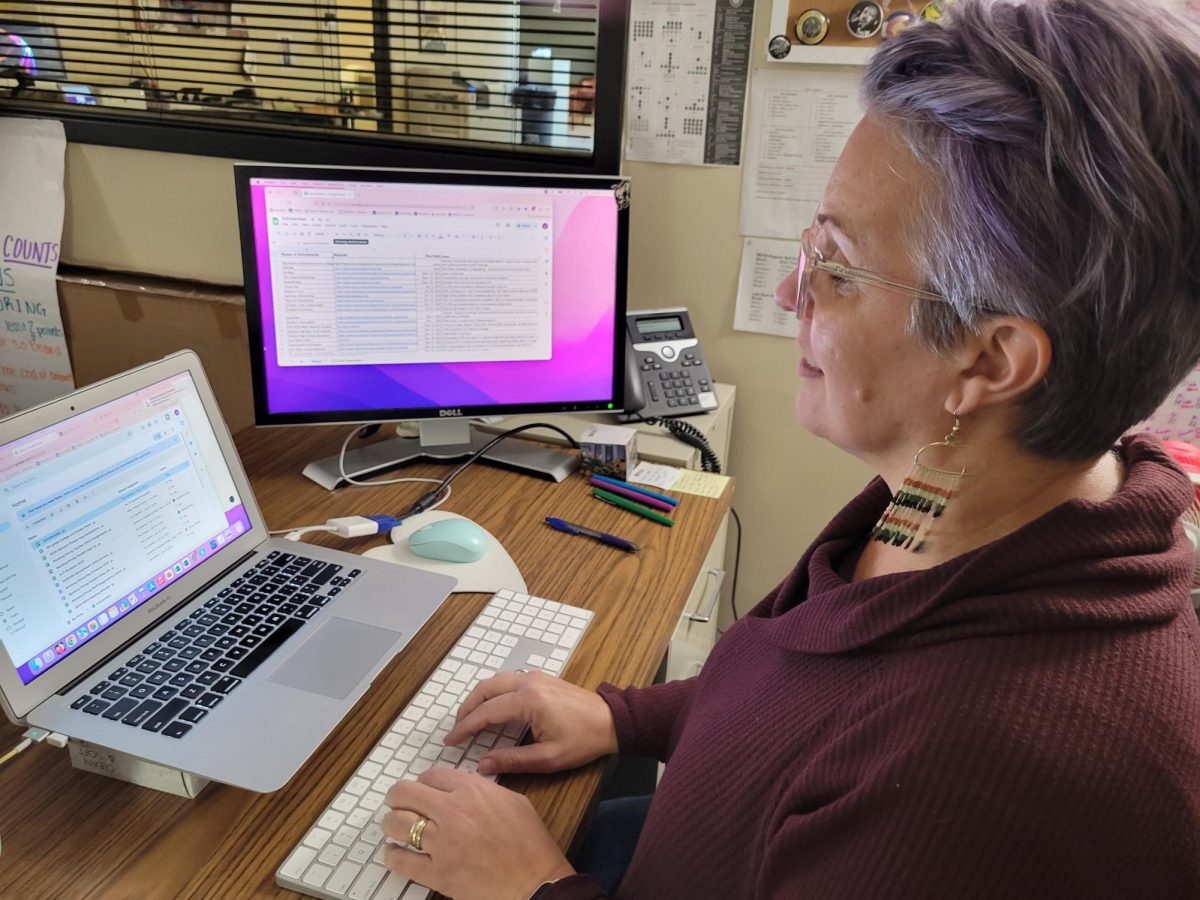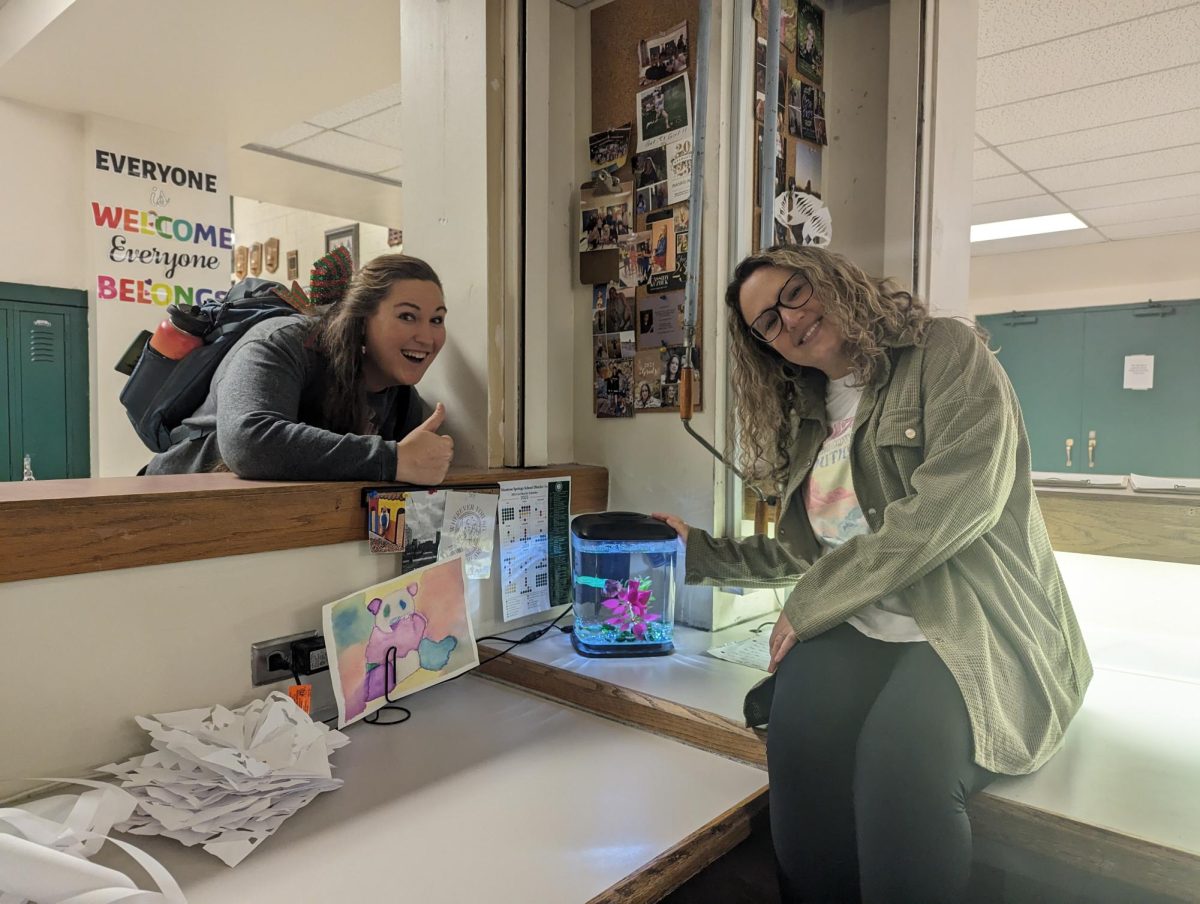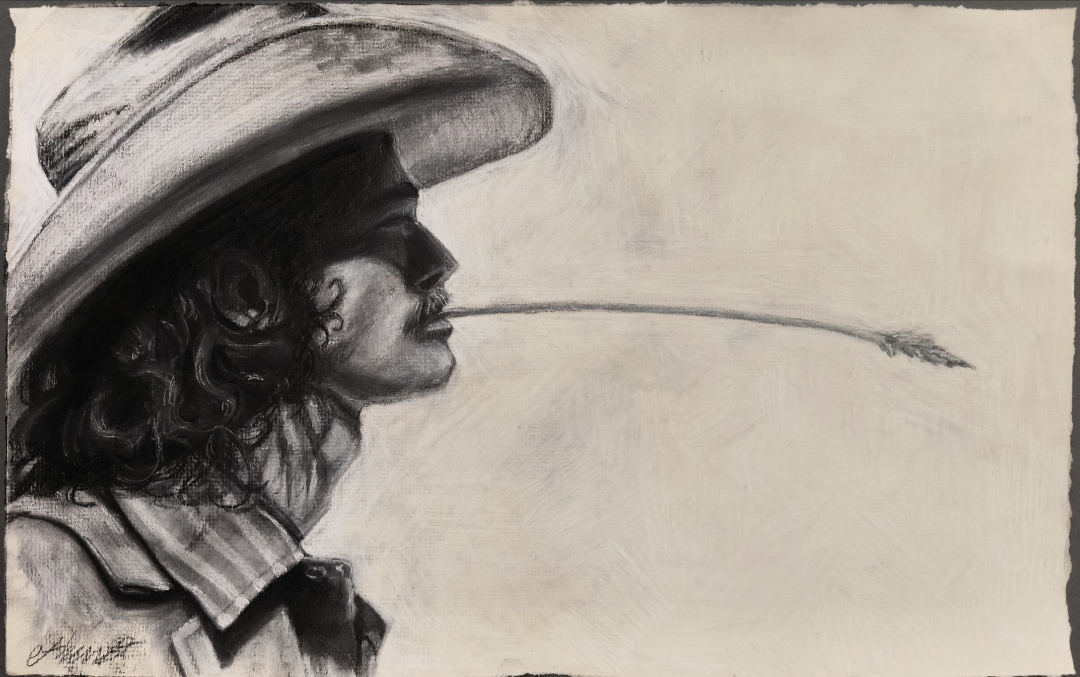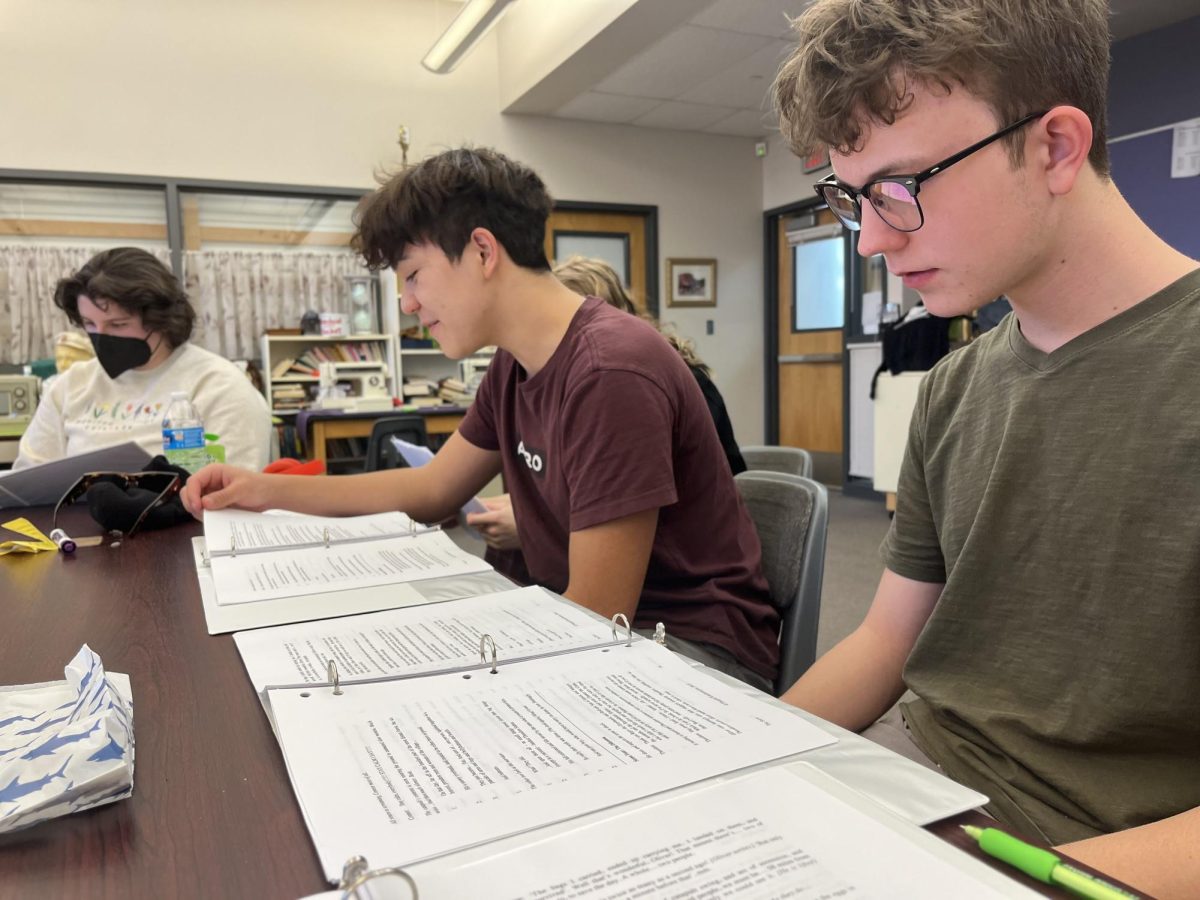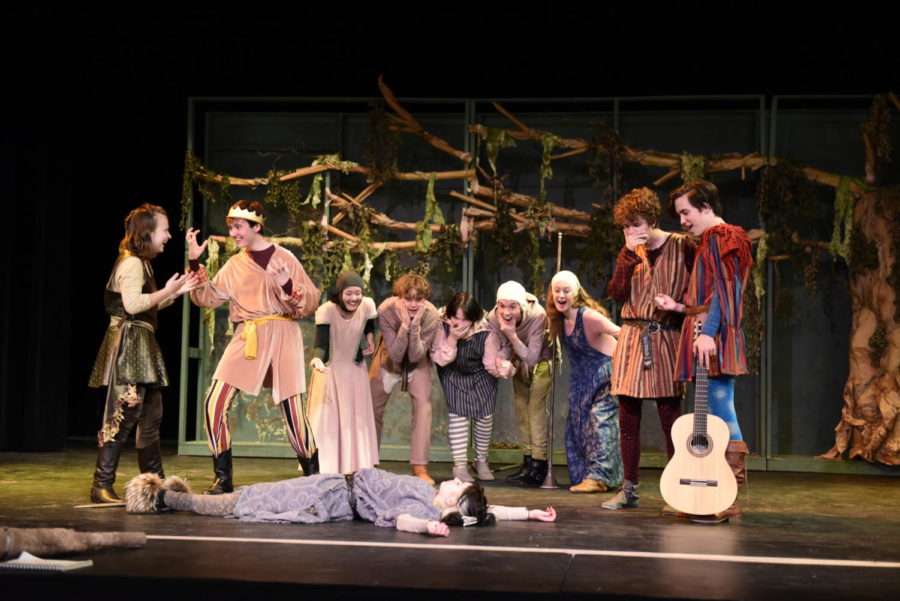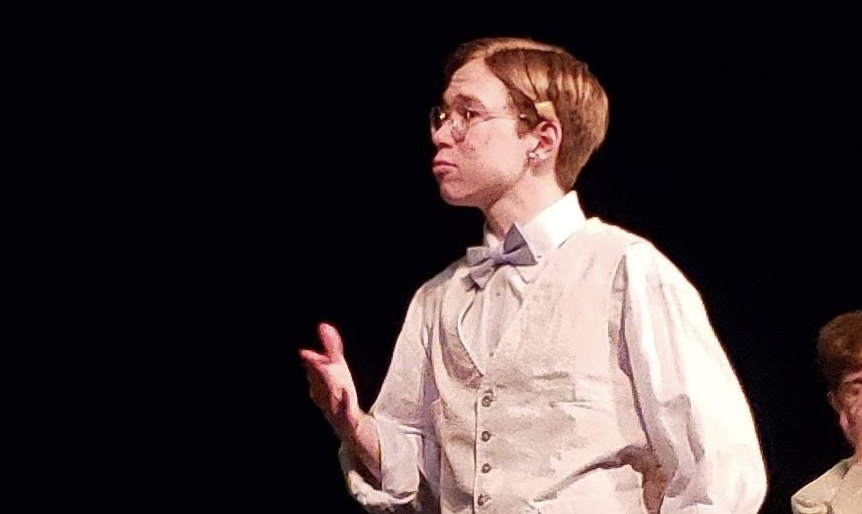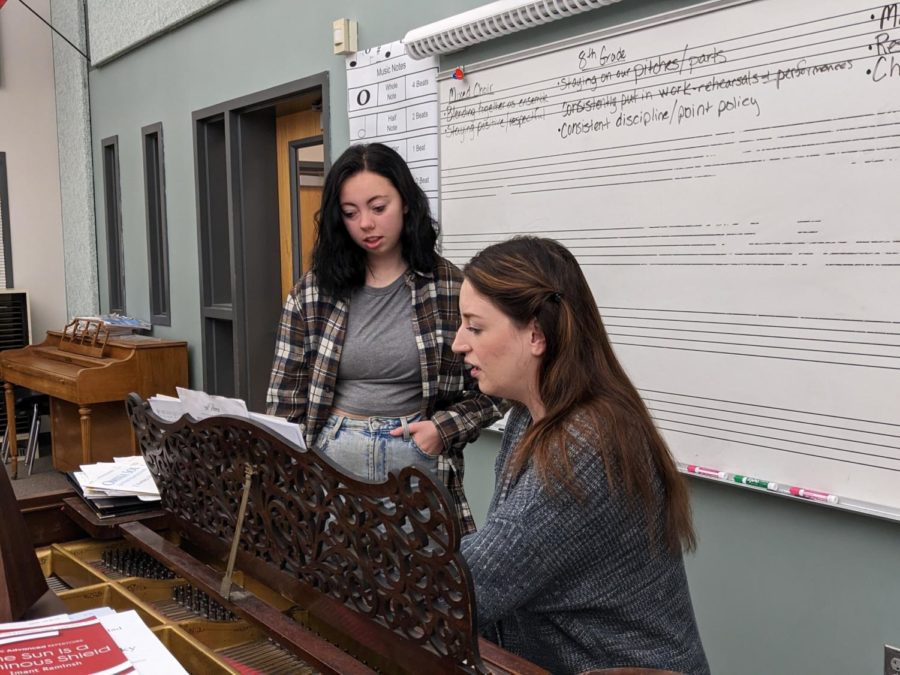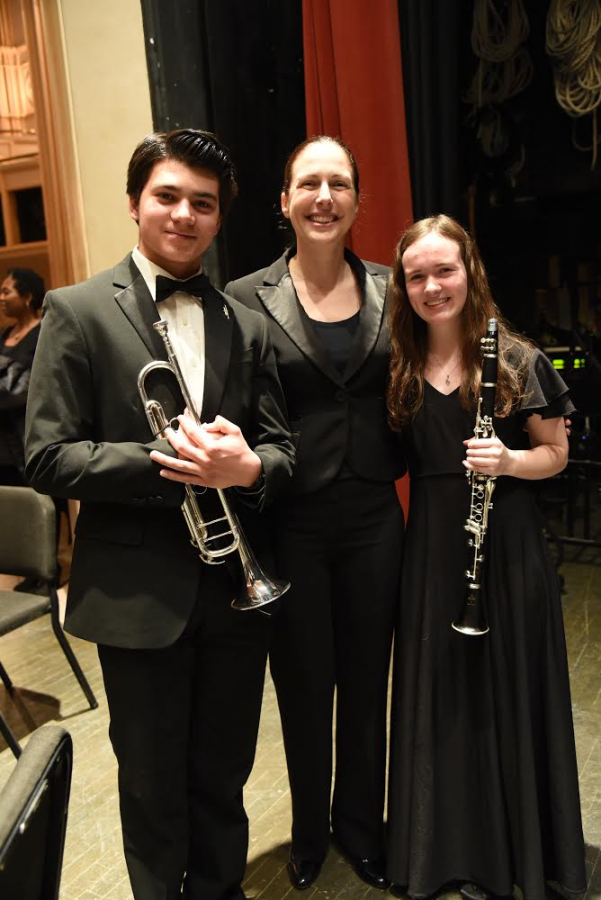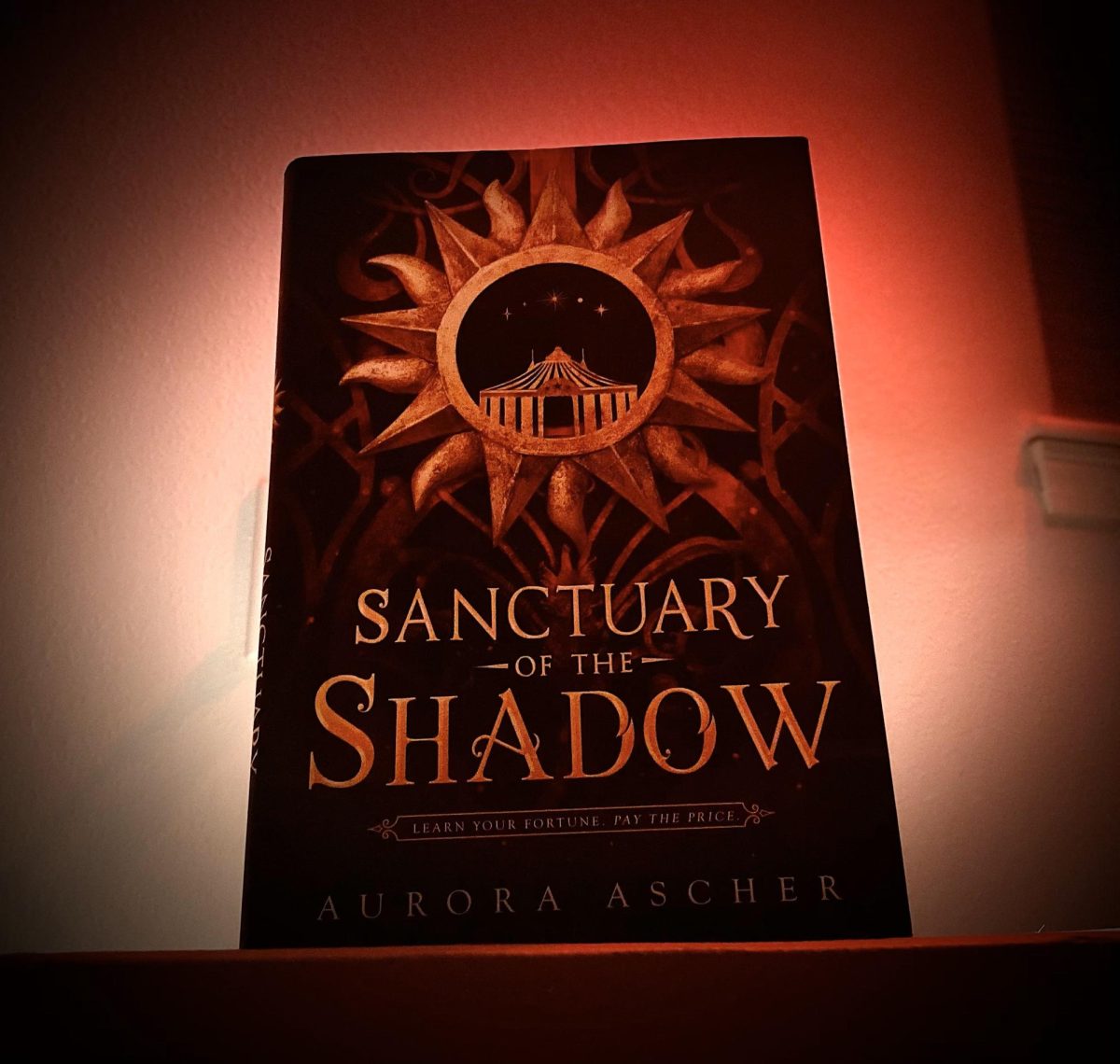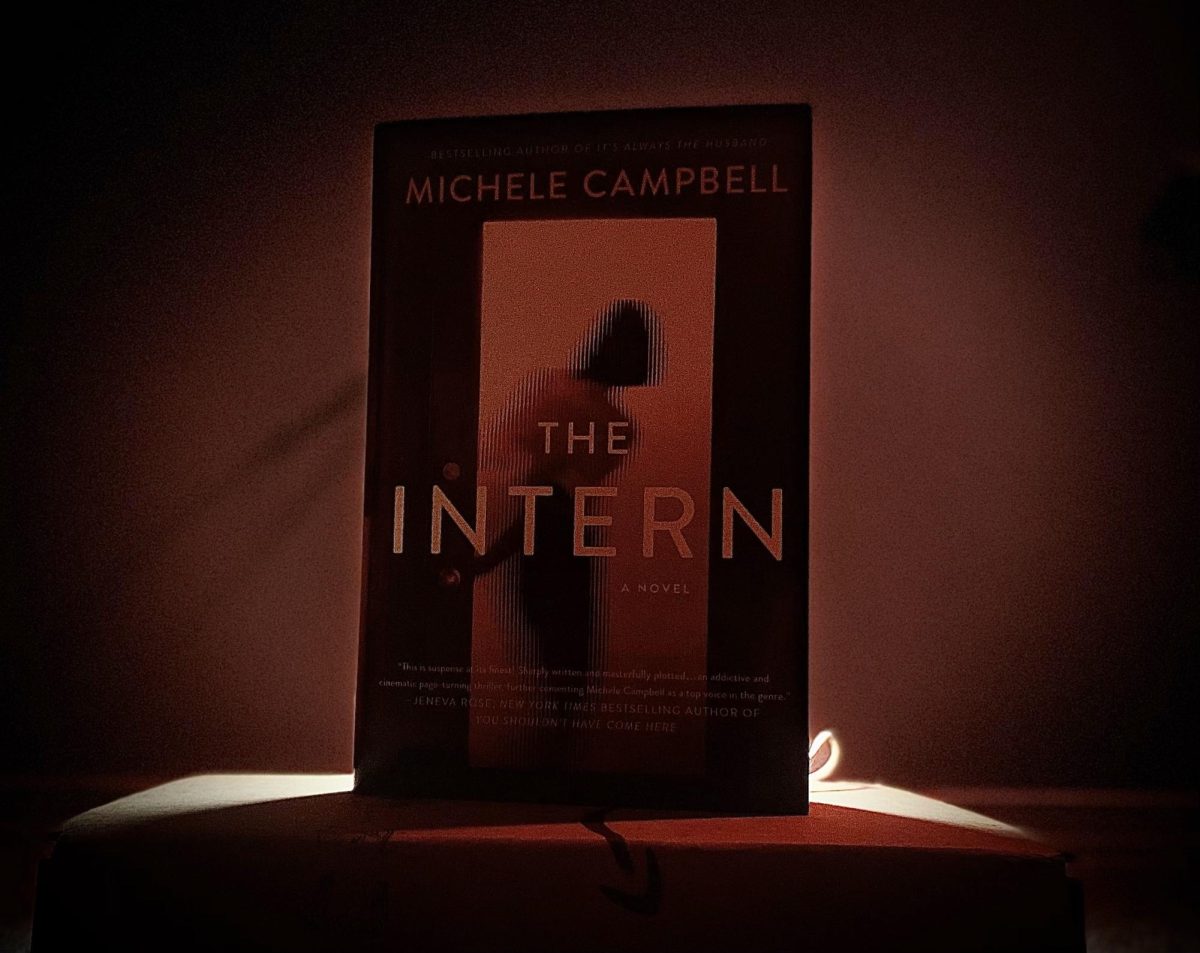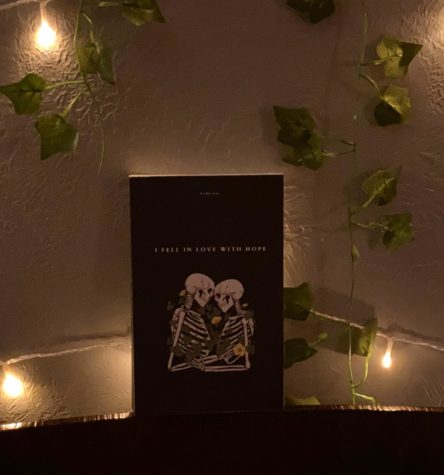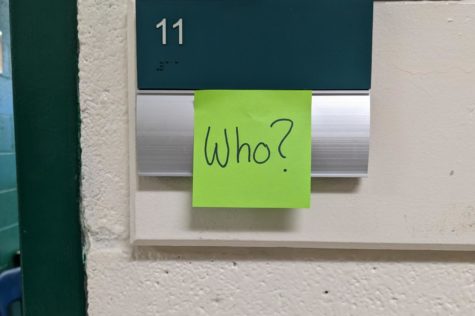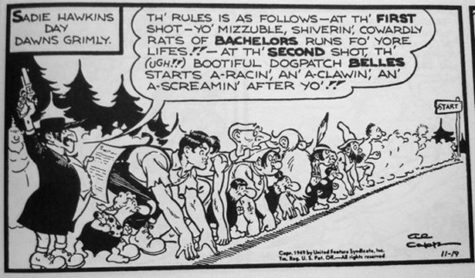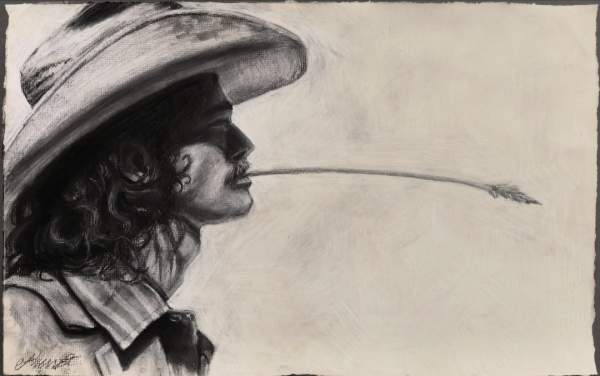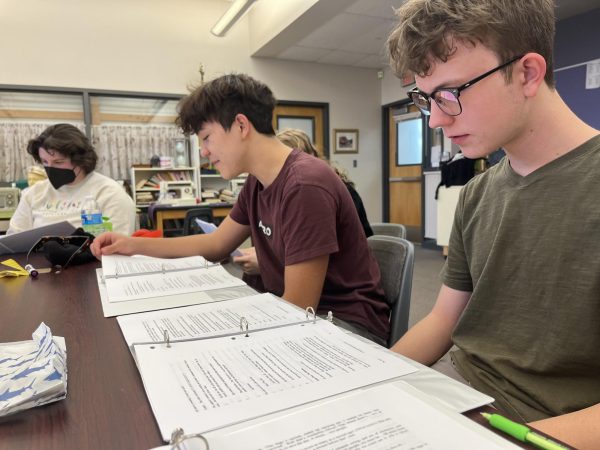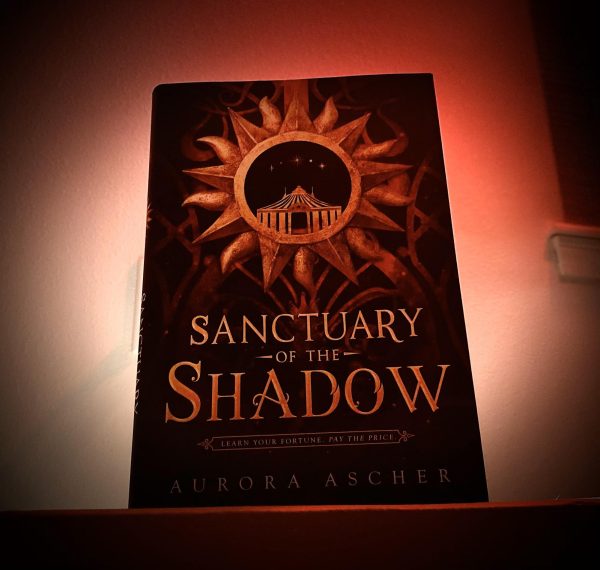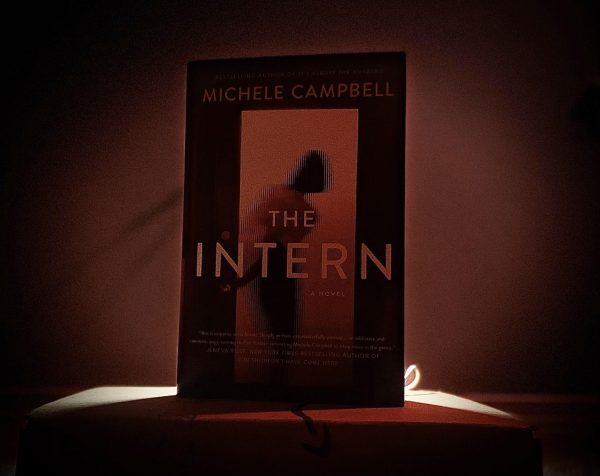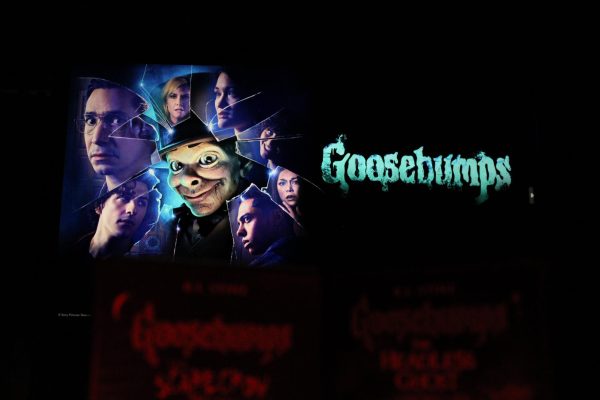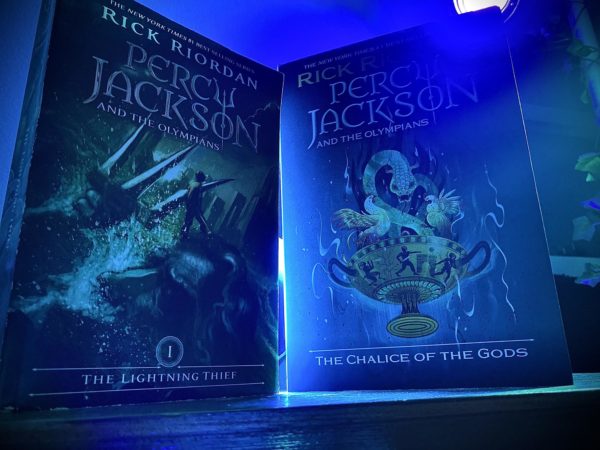Review: Mother Hicks
October 22, 2014
Mother Hicks by Susan Zeder is set in the town of Ware, Illinois, during the era of the Great Depression. Through the use of a chorus, the play is like a narrative novel, with its powerful imagery and raw emotion.
Tuck, a young deaf man, tells the story of a twelve-year-old orphan that is passed from household to household and who goes by the name of “Girl.” As the play goes on, we see how Girl is interwoven with Tuck, the townspeople, and most of all, Mother Hicks, the title character who lives alone at the top of Dug hill outside of town. The townspeople claim that Mother Hicks, an ex-midwife, is a witch, and they attribute all of their misfortune to her. When Girl begins to think that Mother Hicks may be her long-lost mother, she herself tries to be a witch, catching pneumonia in the process. We later discover that Mother Hicks is a healer, not a witch, and she takes Girl into her home in order to rid her of her illness. This is a haunting tale that portrays Girl’s struggle in discovering who she really is.
According director Wendy Harms, the person responsible for costume design had dropped-out at the last minute and left them scrambling to find a costume for Girl. However, Cate Montville’s (10) performance was not hindered by her somewhat awkward costume in the slightest. She supported the weight of a lead role phenomenally, and had a slight waver in her voice throughout that portrayed the incredible amount of burden and emotional baggage that had been thrust onto her character’s shoulders. Montville excellently showcased Girl’s adolescent joy, sadness, and frustration outlined in Zeder’s work, particularly for someone who is not, in fact, twelve years of age.
Of all the various characters portrayed in this performance, not one of them is as teeming with zeal and superstition as Izzy Sue Ricks, played by Mia Elliot (11). She embodies every trait of the character and then some, adding in her own unique flare that is thoroughly entertaining. Each time she enters the scene, it is known exactly where she is and what she is doing, without overpowering the other actors on stage. Izzy is a fairly independent-spirited character, full of her own superstitious convictions, but she is not cold-hearted. Watching Elliott, it is as if Zeder’s character hopped off the page, put on some red lipstick, and charged on stage ready to grab the audience’s attention.
In the brief six weeks that these cast members had to prepare, it is difficult to imagine how they learned their cues, lines, and blocking, much less the sign language that goes along with it. Yet, somehow, Morgan Baker (11) pulls it off flawlessly. From the perspective of an audience member who isn’t fluent in sign language, it appears as though he has been signing his entire life. Baker, who plays a young deaf man named Tuck, is able to convey an astounding amount of emotion without uttering a single word. It is difficult to imagine how Wendy Harms could have better cast this role.
Because this play is not performed on a moving set, lighting is used to isolate and set the mood for certain scenes and settings. The lighting is stunning at times, and overwhelmingly frustrating as an audience member at others. There are moments, such as the post-dinner fight between Alma and Hosiah Ward, played by Cheyenne Rhine (10) and Bennett Cross (11), where the characters are illuminated perfectly, and the lighting reflects and enhances the overall tone of the scene. However, there are also moments, such as the opening scene featuring Ricky Ricks and Girl, played by Deven Gates (9) and Cate Montville (10), when the ability to actually see the characters is intermittent, hindered by the lack of lighting in some areas and the abundance of it in others. Overall, these small blips fail to curb the generally positive experience that comes with watching Wendy Harms’ wonderfully directed Mother Hicks.



